Do I really need to book match my granite?
misslivvy
12 years ago
Featured Answer
Sort by:Oldest
Comments (22)
clarygrace
12 years agolast modified: 9 years agonew_to_sc
12 years agolast modified: 9 years agoRelated Professionals
Pleasant Grove Kitchen & Bathroom Designers · Salmon Creek Kitchen & Bathroom Designers · United States Kitchen & Bathroom Designers · South Barrington Kitchen & Bathroom Designers · Town 'n' Country Kitchen & Bathroom Designers · Apex Kitchen & Bathroom Remodelers · Auburn Kitchen & Bathroom Remodelers · Las Vegas Kitchen & Bathroom Remodelers · Pico Rivera Kitchen & Bathroom Remodelers · South Park Township Kitchen & Bathroom Remodelers · Los Altos Cabinets & Cabinetry · Wilkinsburg Cabinets & Cabinetry · South Holland Tile and Stone Contractors · Boise Design-Build Firms · Gardere Design-Build FirmsMadeline616
12 years agolast modified: 9 years agoMadeline616
12 years agolast modified: 9 years agobeaglesdoitbetter1
12 years agolast modified: 9 years agobeaglesdoitbetter1
12 years agolast modified: 9 years agoMadeline616
12 years agolast modified: 9 years agohouseful
12 years agolast modified: 9 years agoremodelfla
12 years agolast modified: 9 years agosailordive
12 years agolast modified: 9 years agomisslivvy
12 years agolast modified: 9 years agoCloud Swift
12 years agolast modified: 9 years agoCloud Swift
12 years agolast modified: 9 years agosweeby
12 years agolast modified: 9 years agojmcgowan
12 years agolast modified: 9 years agoSaraKat
11 years agolast modified: 9 years agogstone1418
8 years agogalfromdownunder
7 years agolast modified: 7 years agoEmily D'Aoust
4 years agogalfromdownunder
4 years agolast modified: 4 years agogalfromdownunder
4 years ago
Related Stories
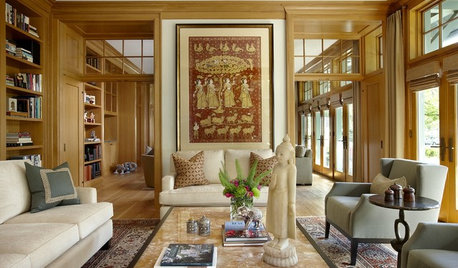
COLOR11 Terrific Paint Color Matches for Wood Details
Pair your wood trim and cabinets with the right shade of wall paint to bring out the beauty in both
Full Story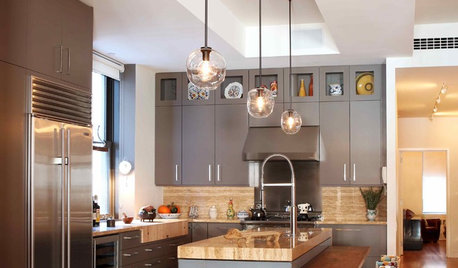
KITCHEN DESIGNMix and Match Kitchen Materials for a Knockout Design
Give your kitchen unexpected flavor by combining wood, stone, glass and more. Here’s how to get the mix right
Full Story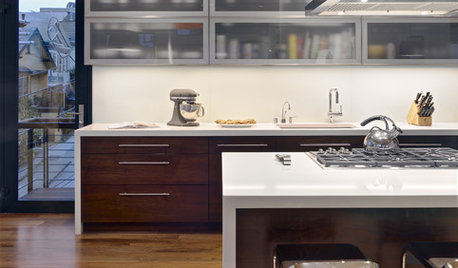
KITCHEN DESIGNMix and Match Your Kitchen Cabinet Styles
Combine contrasting materials for a kitchen all your own
Full Story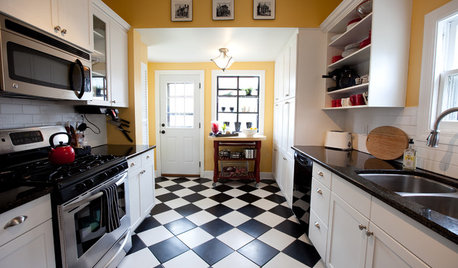
KITCHEN DESIGNKitchen Flooring 101: Find Your Material Match
From cork to concrete, our guide will help you pick the perfect surface for your kitchen floor
Full Story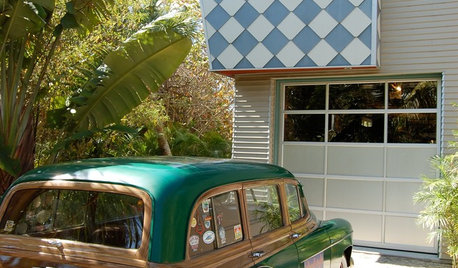
FUN HOUZZAre These Cars a Perfect Match for Their Homes?
Shift gears to the driveway or garage and see if you appreciate these pairings as much as we do — then share your own ideal match
Full Story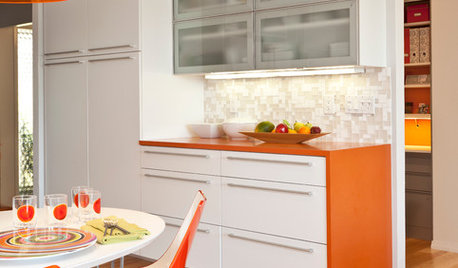
KITCHEN DESIGNCountertop and Backsplash: Making the Perfect Match
Zero in on a kitchen combo you'll love with these strategies and great countertop-backsplash mixes for inspiration
Full Story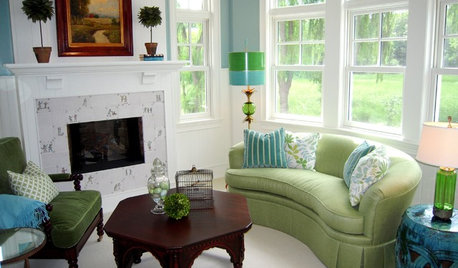
DECORATING GUIDESThe Art of Mix-and-Match Style
The creative interior: Here's how to get that perfectly unpredictable look just right
Full Story
KITCHEN CABINETSKitchen Confidential: 7 Ways to Mix and Match Cabinet Colors
Can't decide on a specific color or stain for your kitchen cabinets? You don't have to choose just one
Full Story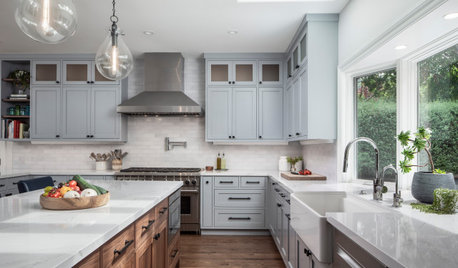
WORKING WITH PROSHow to Find Your Renovation Team
Take the first steps toward making your remodeling dreams a reality with this guide
Full Story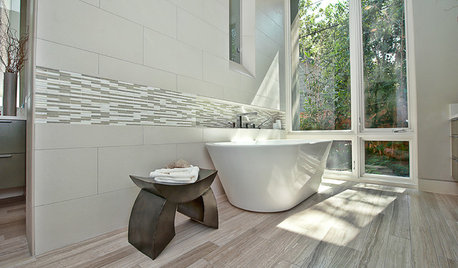
BATHROOM DESIGNHow to Match Tile Heights for a Perfect Installation
Irregular tile heights can mar the look of your bathroom. Here's how to counter the differences
Full Story






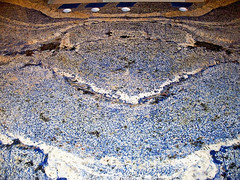


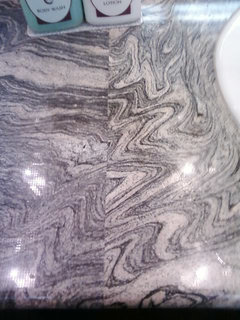
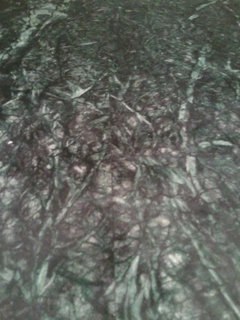
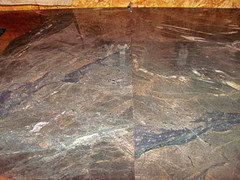
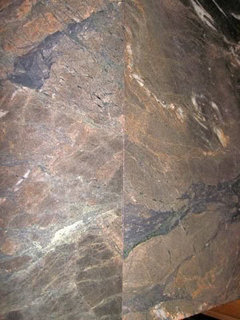
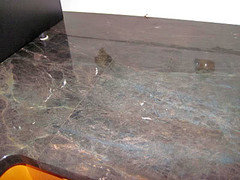
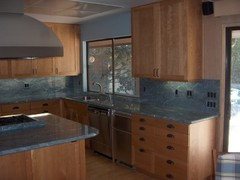
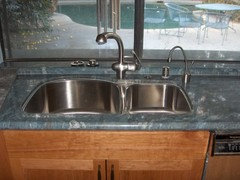
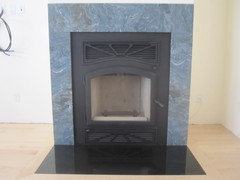
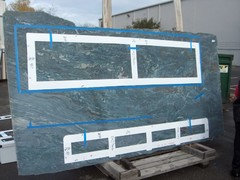
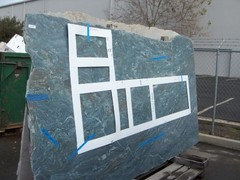
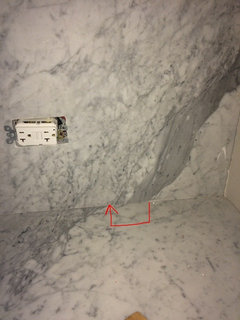

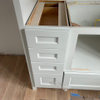
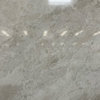
GreenDesigns